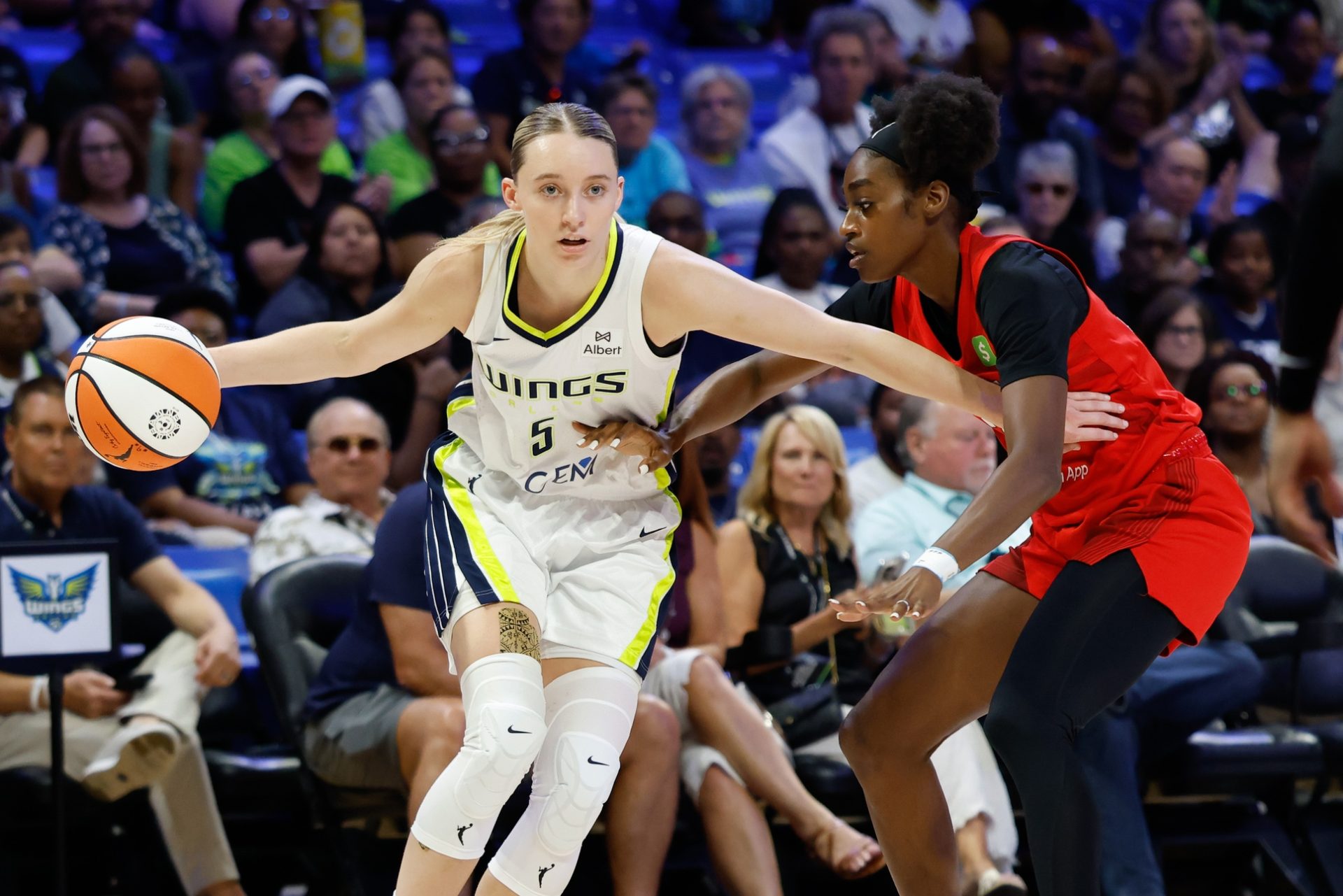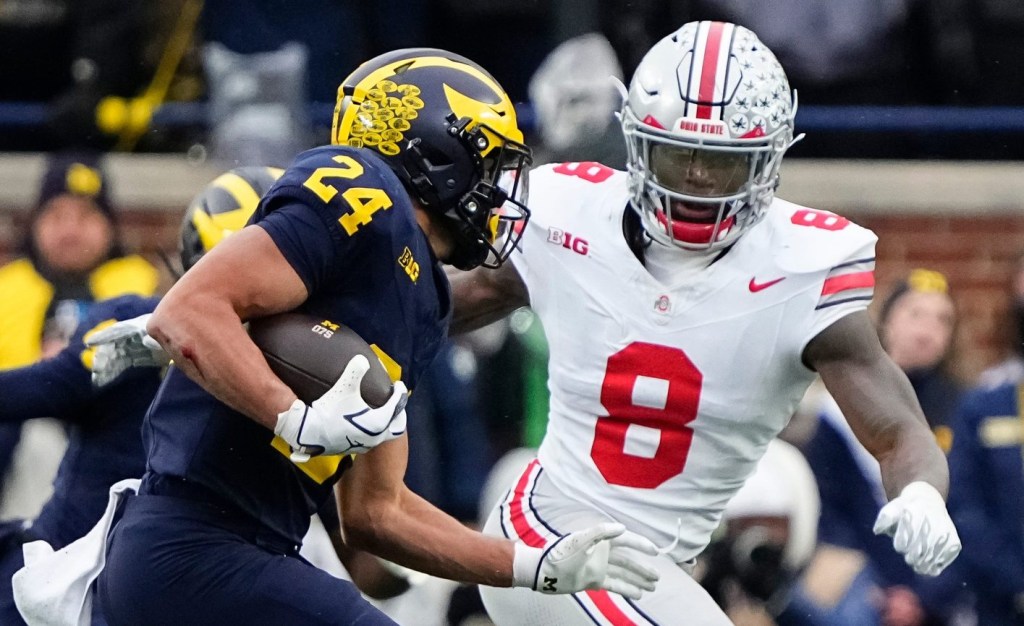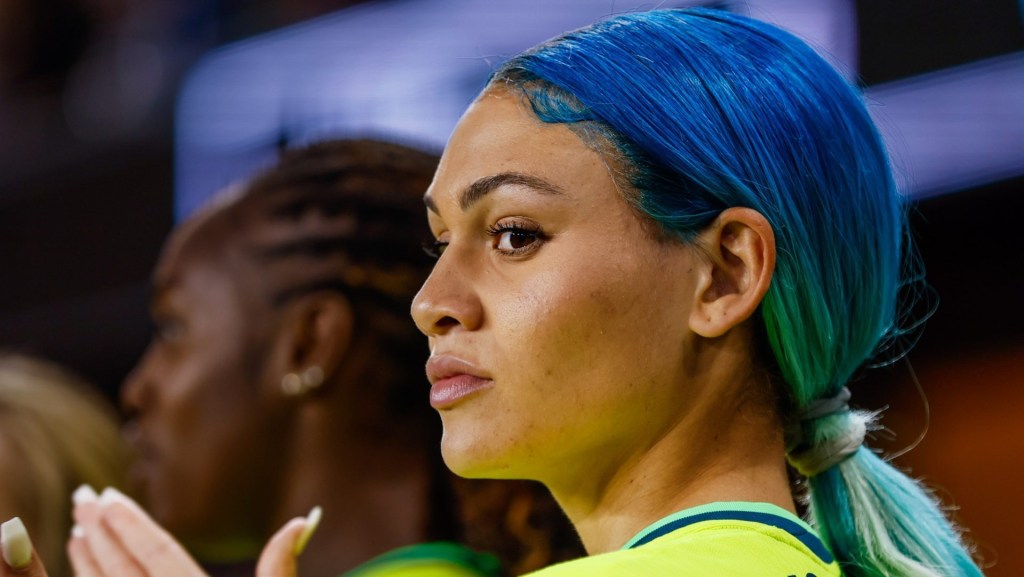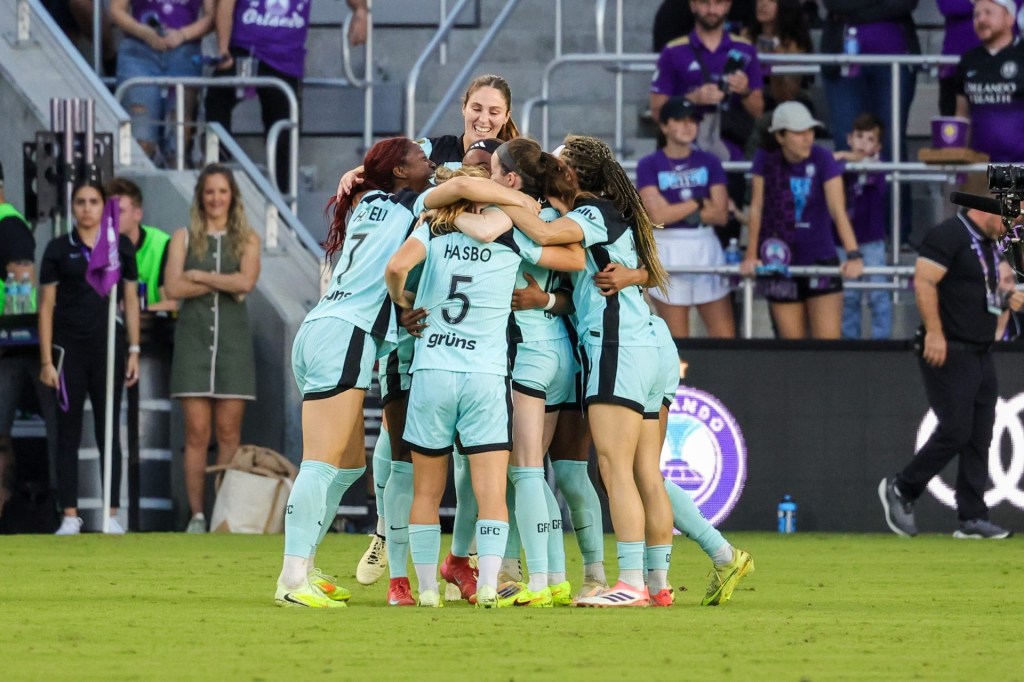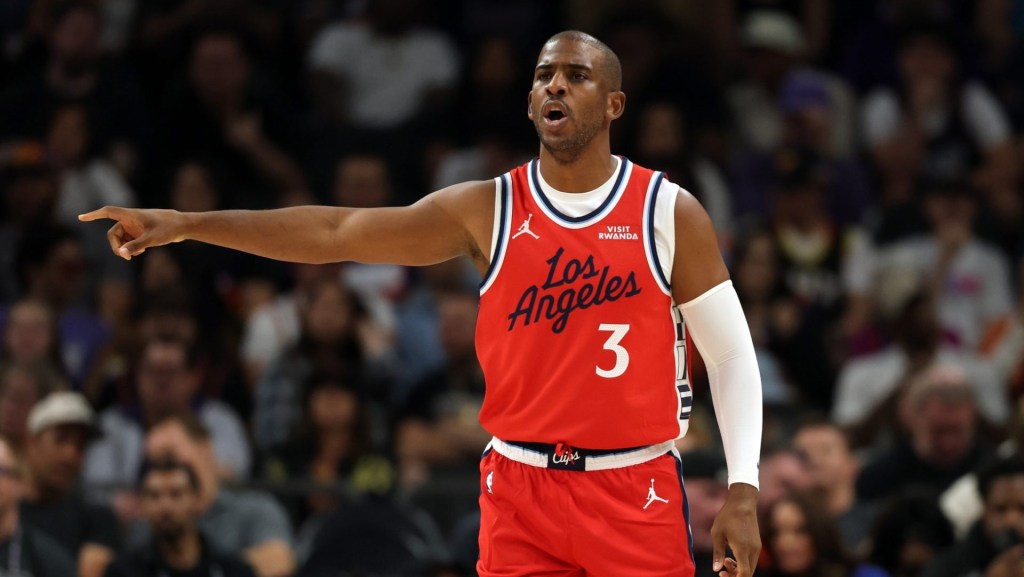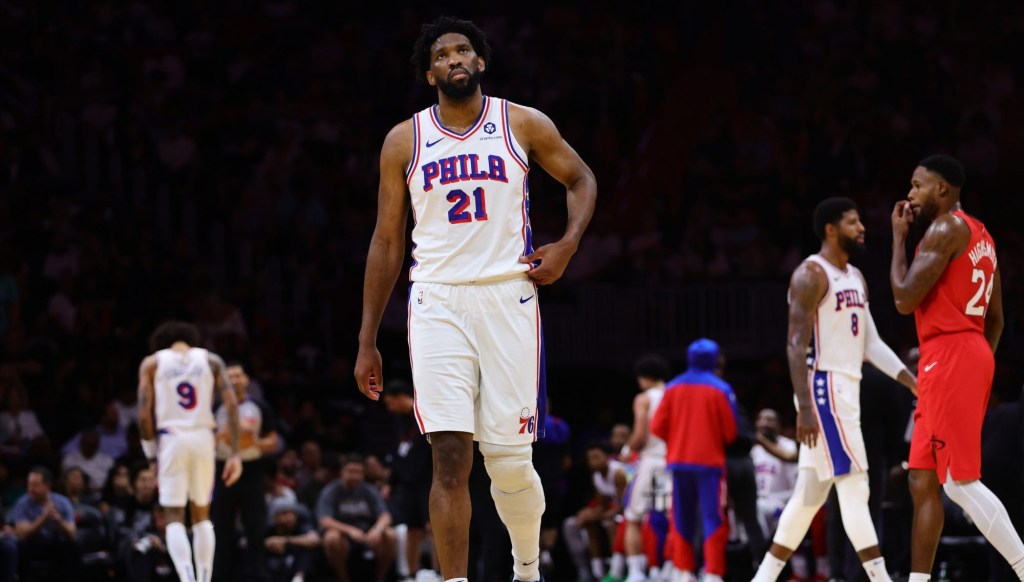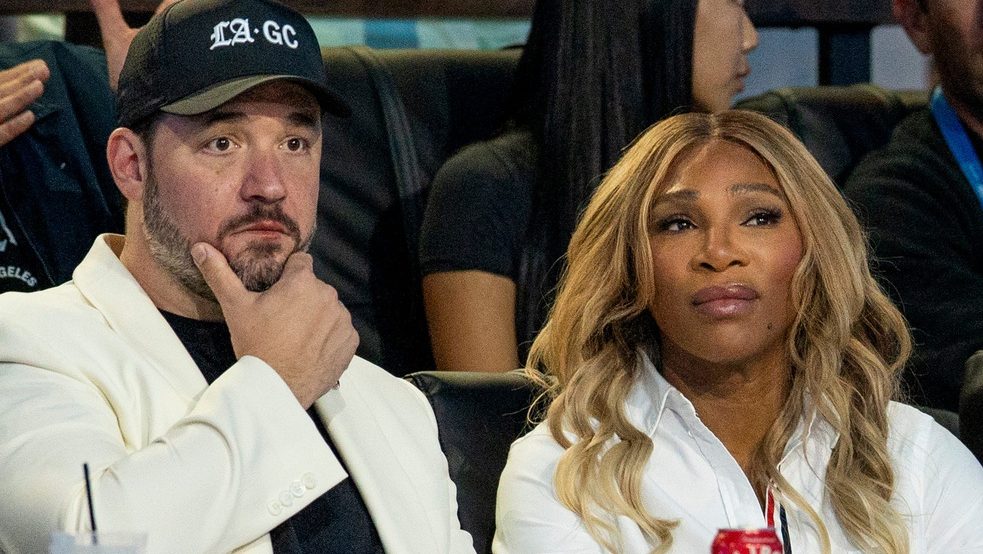As the WNBA’s CBA is set to expire at the end of the 2025 season, discussions about the new agreement have heated up.
The new collective bargaining agreement comes at a pivotal time for the league, as the WNBA is enjoying sky-high popularity, record ratings, a new 11-year, $2.2 billion media-rights deals with ESPN, NBC, and Amazon starting in 2026, and new teams.
Higher salaries and salary caps are a focus in CBA negotiations: salary caps are currently set at $1.507 million, while floor salaries are $66,079 for players with 0-2 years experience, and $78,831 for players with three years or more.
Outside of pay, other big issues are in the mix as well.
For Wings rookie Paige Bueckers, who went from winning the NCAA tournament to the WNBA within a month, scheduling is a key concern.
“You want the best product so maybe extending the season,” Bueckers tells host Deja Kelly in the latest episode of the Front Office Sports series Nilosophy. “I know there’s gonna be more teams, so that does mean more games. So could we expand it? For me … and the other rookies, maybe push the start date [of the WNBA regular season] back a little bit. The turnaround [from college] is insane. It’s not always best for the bodies.”
The compressed timeline came up again this week. Bueckers’s teammate Arike Ogunbowale said in an interview before they play the Fever Friday night that the prospect of additional games would be welcome if it meant additional rest. “If we’re going to add more games, spread the season out a little bit more,” she said.
Bueckers won the NCAA title with UConn on April 6, was drafted April 14, and reported to training camp April 27. The NFL has five months between its draft and opening game, the NBA three months. Since 2023, 18 players who made the final four of the NCAA Tournament were drafted, including Aliyah Boston, Caitlin Clark, Angel Reese, and Bueckers, meaning they would play basketball almost non-stop for 10 months.
The WNBA added the Golden State Valkyries in 2025, with the Toronto Tempo and a Portland, Ore., team in 2026. The league runs with a 44-game schedule, but will need to add more games with the new expansion teams that will put the league at 15 teams.
The extension of the season would push further into the season of the ratings king that is the NFL. The WNBA finals are played in October, so moving it to November—-when the NFL’s playoff race begins to heat up—could hurt WNBA viewership.
In years past, there have been leagues that shift the start of their season so they won’t bump up against NFL games. Starting in 2019, the PGA Tour changed its schedule, moving up its Tour Championship from the end of September to the end of August before week zero of college football and a couple weeks before the start of the NFL season.
However, overlapping with the NFL might not hurt WNBA ratings all that much, especially if the league can schedule games during the middle of the week.
Either way, the league’s hyper-growth—and it being reflected in pay and benefits for players—is top of mind. “I mean, just the rightful pay? I think that’s what everybody’s like working for it,” Bueckers said. “But just like how much we invest in, how much we put into this WNBA season and how much it really has grown and blown up and expanded and the respect, attention, the accessibility—you see everything growing. So I feel like the pay should grow with those numbers that have been proven, that it’s only going to increase.”
